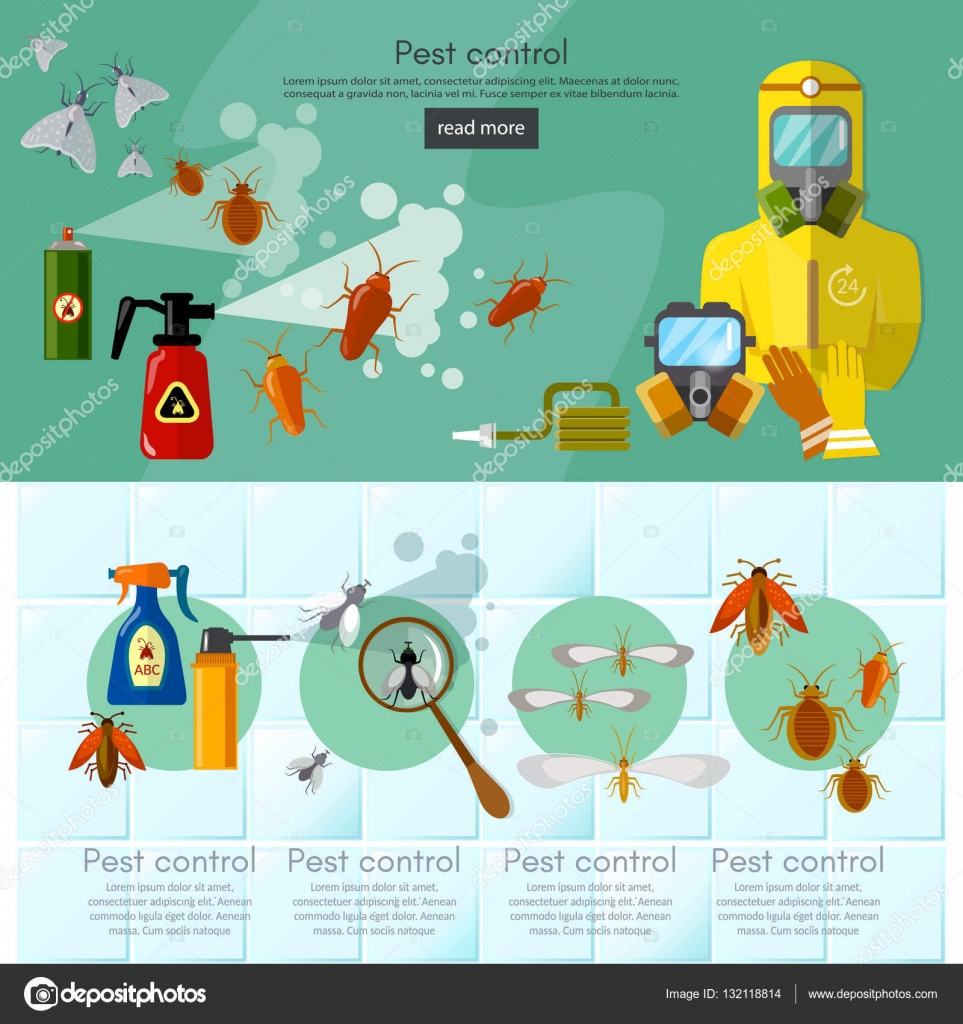Envision your attic as a comfortable Airbnb for rats, with insulation as fluffy as resort pillows and wiring more attracting than room solution. Now, imagine these unwanted guests tossing a wild event in your home while you're away. As a property owner, ensuring your attic room is rodent-proof is not nearly satisfaction; it's about safeguarding your property and enjoyed ones. So, what https://raccoon-removal-attic18495.newsbloger.com/27585731/client-success-stories-real-life-experiences-with-pest-pest-control-man-solutions can you take to guard your sanctuary from these fuzzy burglars?
Inspect for Access Points
To start rodent-proofing your attic room, inspect for entry factors. Start by carefully examining the outside of your home, looking for any kind of openings that rodents could use to access to your attic room. Look for voids around energy lines, vents, and pipelines, in addition to any kind of fractures or holes in the structure or home siding. Make sure to pay attention to areas where different building materials satisfy, as these are common entry factors for rodents.
Additionally, evaluate the roofing system for any damaged or missing out on shingles, along with any gaps around the edges where rats could squeeze through. Inside the attic room, look for signs of existing rodent activity such as droppings, chewed cords, or nesting materials. Use a flashlight to extensively examine dark corners and concealed rooms.
Seal Cracks and Gaps
Evaluate your attic thoroughly for any type of fractures and gaps that need to be sealed to stop rats from getting in. Rats can press via also the tiniest openings, so it's critical to seal any kind of prospective entrance points. Inspect around pipes, vents, cables, and where the wall surfaces meet the roofing. Utilize a combination of steel wool and caulking to seal these openings effectively. Steel woollen is an excellent deterrent as rats can't eat via it. Make a knockout post that all gaps are securely sealed to deny accessibility to undesirable parasites.
Do not ignore the significance of securing voids around doors and windows also. Usage weather removing or door moves to secure these areas successfully. Check the areas where utility lines get in the attic room and secure them off utilizing an ideal sealant. By putting in the time to seal all cracks and spaces in your attic room, you develop a barrier that rats will certainly discover tough to breach. Prevention is key in rodent-proofing your attic, so be thorough in your initiatives to seal off any possible entry factors.
Remove Food Resources
Take aggressive procedures to eliminate or keep all possible food resources in your attic room to prevent rats from infesting the area. Rats are brought in to food, so removing their food sources is crucial in keeping them out of your attic.
Below's what you can do:
1. ** Store food firmly **: Stay clear of leaving any kind of food items in the attic room. Shop all food in closed containers constructed from metal or durable plastic to stop rats from accessing them.
2. ** Tidy up particles **: Get rid of any kind of stacks of particles, such as old newspapers, cardboard boxes, or timber scraps, that rodents could make use of as nesting product or food sources. Maintain the attic clutter-free to make it less attractive to rats.
3. ** Dispose of waste correctly **: If you use your attic for storage and have trash or waste up there, see to it to dispose of it on a regular basis and correctly. Rotting trash bin draw in rodents, so keep the attic room tidy and devoid of any type of organic waste.
Conclusion
In conclusion, remember that an ounce of avoidance deserves an extra pound of remedy when it concerns rodent-proofing your attic.
By putting in the time to examine for entry factors, seal fractures and gaps, and get rid of food resources, you can maintain unwanted insects away.
Keep in mind, 'An ounce of prevention is worth a pound of cure' - Benjamin Franklin.
Keep positive and shield your home from rodent problems.
